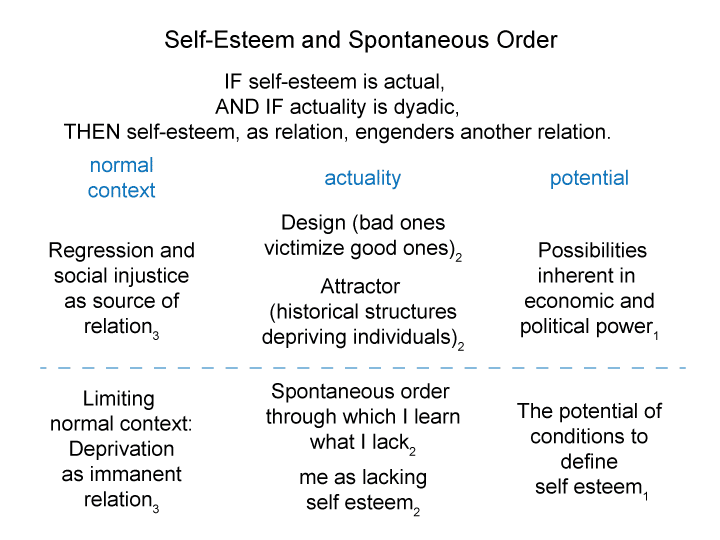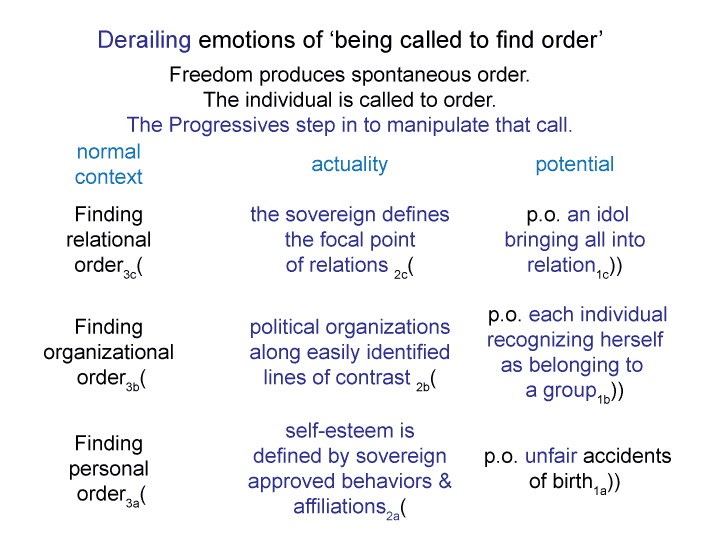Man and Sin by Piet Schoonenberg (1964) 2.1DA
[The paradoxes multiply.
‘I recognize myself’ may be situated by this claim: My human nature is to participate in the divine nature.
How does this happen?
Divine nature generates ‘a normal context where I can recognize myself as an image of God’.
However, ‘loss of self-esteem’ is supposed to explain loneliness, frustration and grievances.
Does ‘loss of self esteem’ produce these effects?
‘The appearance of expert-based assessments of loss of self esteem’ in the mirror of the world is internalized by the human, resulting in ‘the very conditions the expert-based ideology plans to ameliorate’.]


